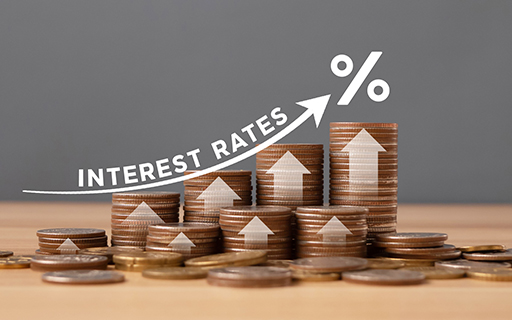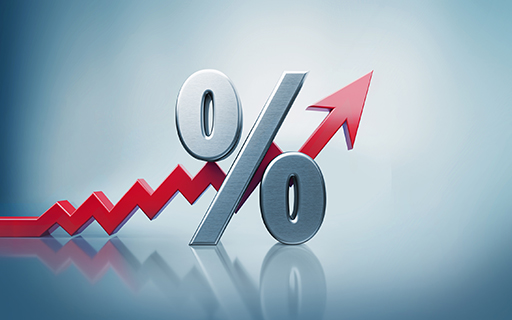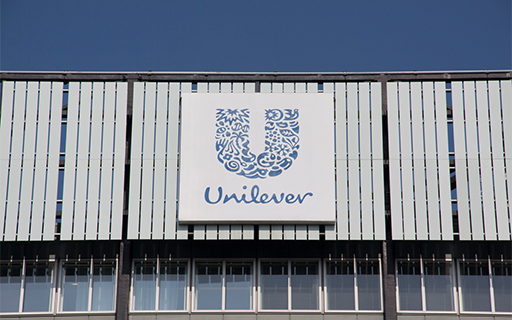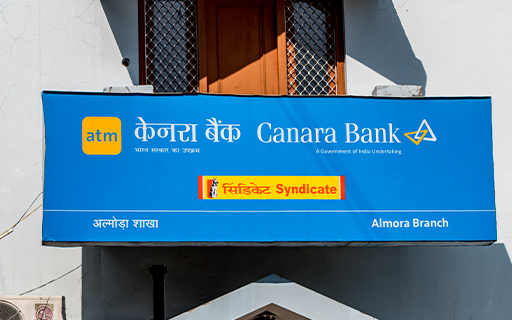- Home
- Archives
Archives... Don't Miss Anything, Ever!
Here you will find all the research and views that we post on Equitymaster. Use the tools to customize the results to suit your preference!
 Top 5 Dividend Stocks That Have Been Making Recurring Payments for 20+ Years
Top 5 Dividend Stocks That Have Been Making Recurring Payments for 20+ Years
May 10, 2024
Dividend stocks make sense now. Here are 5 with the biggest payout ratios over the past 2 decades.
 This is How The US Fed Affects Your Stocks
This is How The US Fed Affects Your Stocks
May 10, 2024
Understanding the US Fed's impact on the markets.
 FIIs & DIIs are Bullish on These 5 Indian Stocks. Do You Own?
FIIs & DIIs are Bullish on These 5 Indian Stocks. Do You Own?
May 10, 2024
Amid the FIIs outflow, these 5 stocks have caught the attention of foreign as well as domestic institutional investors.
 Jio Financial: Is the Hype Real?
Jio Financial: Is the Hype Real? 
May 9, 2024
We look into the recent price rise of Jio Financial.
 Dixon Technologies: Leading the Charge in India's Electronics Revolution
Dixon Technologies: Leading the Charge in India's Electronics Revolution
May 9, 2024
A consumer electronic company worth keeping on your radar.
 Better Railway Stock: Ircon International Vs Railtel Corporation of India
Better Railway Stock: Ircon International Vs Railtel Corporation of India
May 9, 2024
The railway infrastructure revamping initiative is driving the growth of these two railway companies. But which one's the clear winner?
 Can this Little-Known PSU Soar as a Data Centre Stock?
Can this Little-Known PSU Soar as a Data Centre Stock?
May 9, 2024
The company's core asset is its extensive pan-India optic fiber network.
 Rs 18 to Rs 47: This Penny Stock Jumps 157% in 10 Days
Rs 18 to Rs 47: This Penny Stock Jumps 157% in 10 Days
May 9, 2024
This company is prepping for a major joint venture in the electric vehicle (EV) space.
 This Multibagger PSU Stock is Set to Approve Bonus Shares Soon
This Multibagger PSU Stock is Set to Approve Bonus Shares Soon
May 8, 2024
This will be the Maharatna company's third bonus issue. Find key details inside...
 Stocks Profiting from the Surge in Travel Spending in India
Stocks Profiting from the Surge in Travel Spending in India
May 8, 2024
A change in the Indian mindset towards travel & tourism is benefitting these companies.
 TBO Tek IPO Opens for Subscription: 5 Things to Know
TBO Tek IPO Opens for Subscription: 5 Things to Know
May 8, 2024
From grey market premium to price band, here's everything you need to know about this travel distribution platform company's IPO.
 Which Companies Manufacture Defence Aircraft in India?
Which Companies Manufacture Defence Aircraft in India?
May 8, 2024
Are you invested in Indian defence aircraft stocks? Read this...
 Best Midcap IT Stocks: Tata Elxsi vs KPIT Technologies
Best Midcap IT Stocks: Tata Elxsi vs KPIT Technologies
May 8, 2024
In this editorial, we compare the top players in the space Tata Elxsi and KPIT Technologies on key metrics like growth and profitability.
 Stocks Where Promoters Are Increasing 'Skin in the Game'
Stocks Where Promoters Are Increasing 'Skin in the Game' 
May 7, 2024
Adding this Screener Could Make a Big Difference to Your Investment Returns
 Shankar Sharma Buys 365,000 Shares of this Multibagger Smallcap Stock
Shankar Sharma Buys 365,000 Shares of this Multibagger Smallcap Stock
May 7, 2024
Here's why the seasoned investor added this realty stock that has gained 109% in a year.
 Why RattanIndia Power Share Price is Rising
Why RattanIndia Power Share Price is Rising
May 7, 2024
Here's why the company's shares are up 10% in the last 10 days despite volatility in the stock market.
 This Green Energy Stock has Soared 1,000% in Eight Months. Can it Maintain the Momentum?
This Green Energy Stock has Soared 1,000% in Eight Months. Can it Maintain the Momentum?
May 7, 2024
This stock has skyrocketed from Rs 118 to Rs 1,939 in just eight months. Here's What Comes Next...
 Should You Worry About HUL's Lost Decade Again?
Should You Worry About HUL's Lost Decade Again?
May 7, 2024
Despite the lost decade, the company trumped most peers in returns over 24 years.
 How to Find the Best Indian Companies by Return on Equity
How to Find the Best Indian Companies by Return on Equity
May 6, 2024
How to go about finding the top stocks in India based on return on equity? Find out...
 Why Canara Bank Share Price is Falling
Why Canara Bank Share Price is Falling
May 6, 2024
The stock is down 5% in the last five days.

